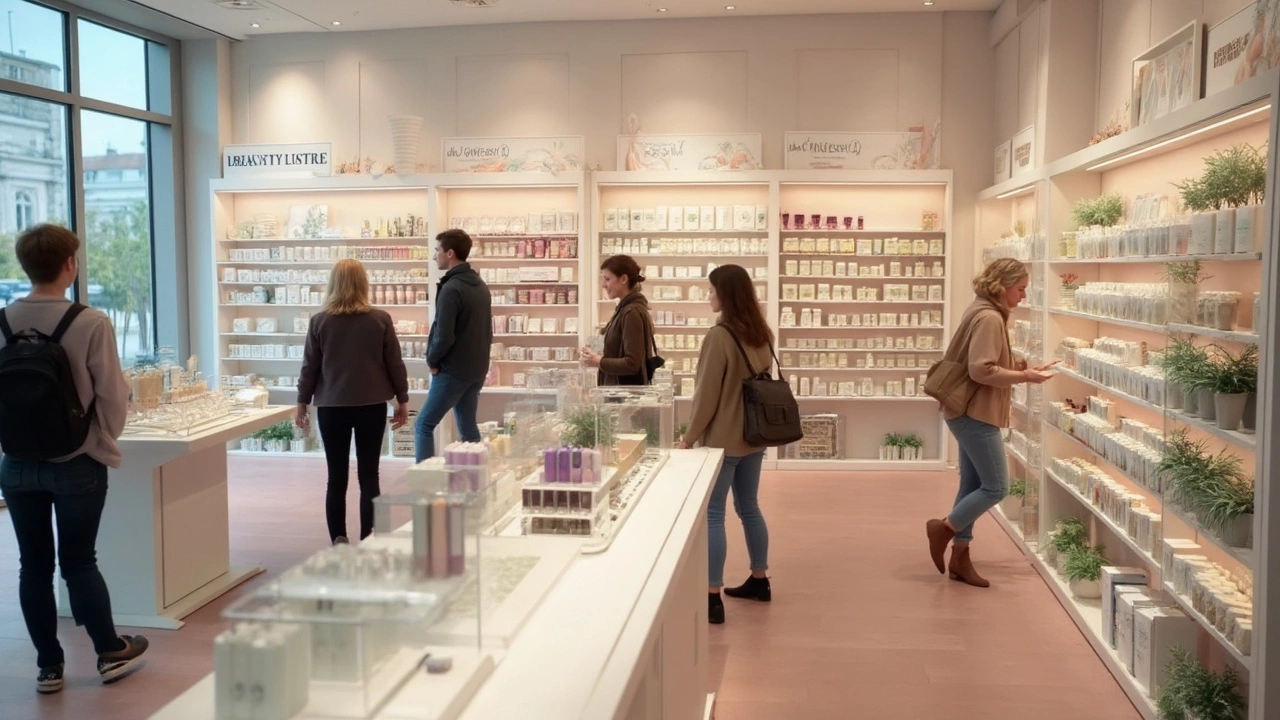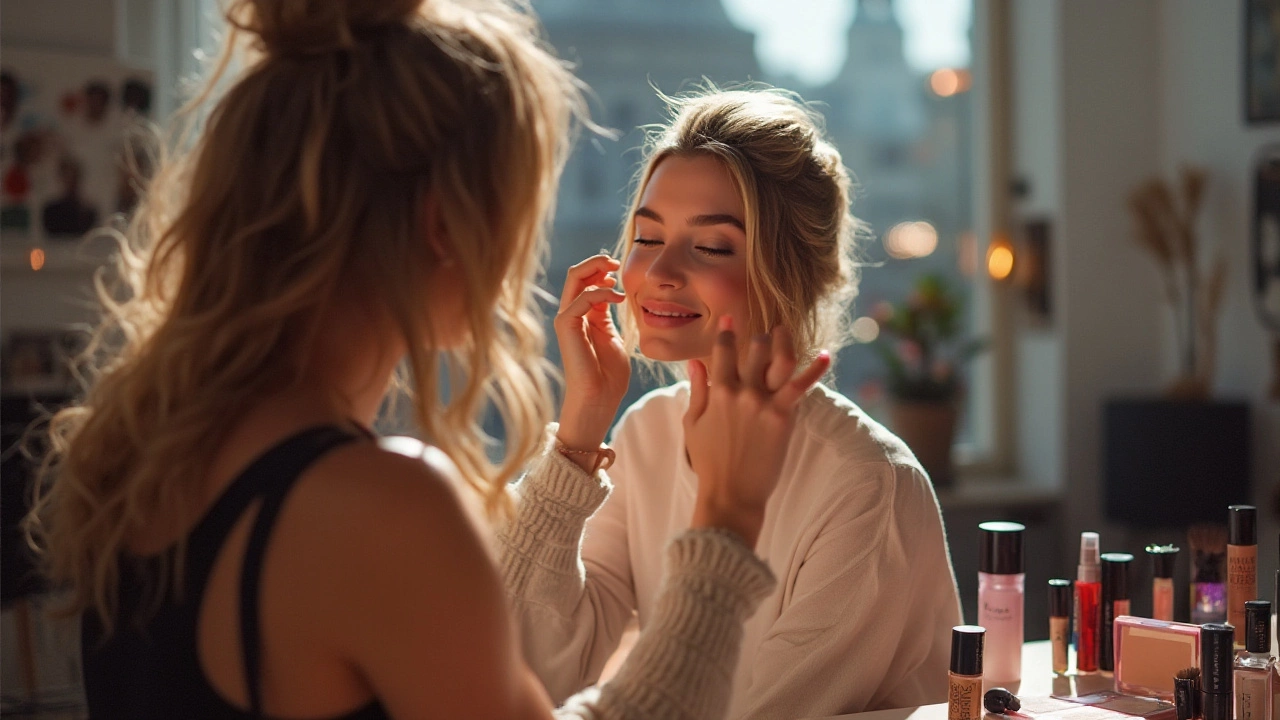Ethical Beauty Made Simple: What to Look For and How to Buy
Ever wondered if the lipstick you love is really kind to animals or if that shampoo is loaded with hidden chemicals? You’re not alone. More people want beauty products that feel good on the skin and don’t hurt the planet. Below is a quick, no‑fluff guide that shows you how to spot ethical beauty in three easy steps.
Step 1: Spot Cruelty‑Free Brands
First, check for a cruelty‑free badge. Look for logos from Leaping Bunny, PETA‑Approved, or the UK Vegan Society. These symbols mean the brand doesn’t test on animals anywhere in the world. If a product claims “not tested on animals” but lacks a recognised logo, dig a little deeper – sometimes the wording is just marketing talk.
One of our popular reads, “Does Clinique Test on Animals?” breaks down how big brands handle animal testing and which certifications really count. Use that knowledge to avoid hidden lab work.
Step 2: Choose Non‑Toxic, Clean Ingredients
Next, scan the ingredient list. Avoid parabens, phthalates, sulfates, and synthetic fragrance – they’re the usual suspects that can irritate skin or enter your bloodstream. Instead, aim for ingredients like jojoba oil, green tea extract, and colloidal oatmeal, which we featured in the “Best Natural Products for Skin (2025)” guide.
For makeup lovers, the “Ultimate Guide to Makeup Products” explains which foundations and lipsticks are formulated without harmful chemicals. When you see terms like “non‑toxic” or “clean,” still double‑check the full list – some brands slip in banned substances under fancy names.
Tip: If you’re unsure, copy the ingredient list into a free app like Think Dirty or EWG’s Skin Deep. The score will tell you if the product passes our ethical standards.
Step 3: Support Sustainable Packaging
Ethical beauty isn’t just about what’s inside the bottle; it’s also about the container. Look for recyclable or refillable packaging, glass jars, or post‑consumer recycled plastic. Brands that offer a refill program cut down waste dramatically – think reusable nail polish bottles or refillable moisturizer tubes.
Our “Healthiest Beauty Products” article highlights several clean‑beauty lines that use compostable packaging. Picking these options helps reduce landfill and supports a circular economy.
Bonus: When you buy from small UK‑based indie brands, you often get a more transparent supply chain and lower carbon footprints because the products travel less distance.
Putting it all together: start with a cruelty‑free logo, verify the ingredient list for non‑toxic stuff, and finish with sustainable packaging. That three‑point checklist takes under a minute but saves you from buying products that conflict with your values.
Want more ideas? Browse our tag page for articles on everything from “Non‑Toxic Skincare” to “Cruelty‑Free Lip Balm.” Each post gives real‑world product suggestions, ingredient breakdowns, and easy shopping tips.
Remember, ethical beauty isn’t a perfection race – it’s about making better choices when you can. The more you practice this habit, the easier it gets, and the bigger impact you’ll have on the industry. Happy, conscious shopping!
Is Dove Cruelty-Free? All You Need to Know
Discover if Dove is truly cruelty-free and what that means for your beauty choices. Explore Dove's stance on animal testing, their certifications, and how they fit within ethical beauty trends. Draw connections to the broader cruelty-free movement and its implications for consumers committed to animal-friendly products.
Cruelty-Free Makeup Brands You Can Trust
Choosing makeup brands that are cruelty-free can ensure you are not contributing to animal suffering. Many companies have taken a stand against animal testing, offering ethical alternatives that don't compromise on quality. This article explores various cruelty-free makeup brands, their practices, and how you can easily identify them. Learn the significance of purchasing products that are caring to living beings and how to spot misleading labels.

